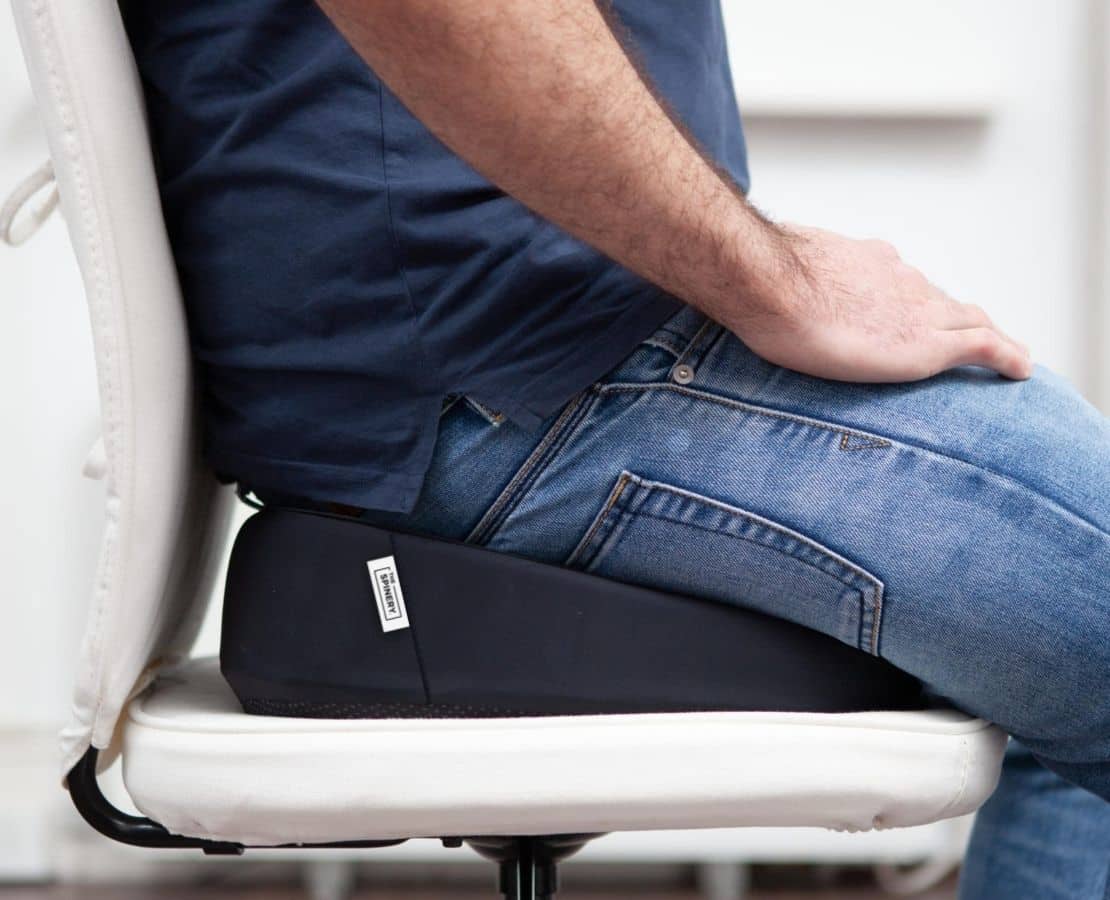



A seat wedge may look simple, but it has a meaningful impact on how your spine and pelvis align while sitting. By gently tilting the pelvis forward, a seat wedge helps maintain the natural lumbar lordosis. The inward curve of your lower back. This slight change reduces the tendency to slouch, which otherwise flattens the lumbar spine and increases strain on the intervertebral discs, spinal ligaments, and paraspinal muscles.
When your pelvis is supported in a more neutral tilt, your thoracic spine and head are more likely to stack naturally above it, reducing the effort required from your neck and shoulder muscles to hold you upright. This alignment also encourages subtle core muscle engagement, particularly in the deep abdominal stabilisers and multifidus, helping to support the spine from within.
If you spend extended periods sitting, a seat wedge can be a simple way to enhance your comfort and support musculoskeletal health.
Incorporating a seat wedge into your office setup can be a game-changer for your posture and overall comfort. You can enjoy better spinal alignment and reduced strain during long work hours by choosing a wedge with the right material, incline, and features like a non-slip base. The best wedge feels natural and supportive, helping you work comfortably while protecting your musculoskeletal health.